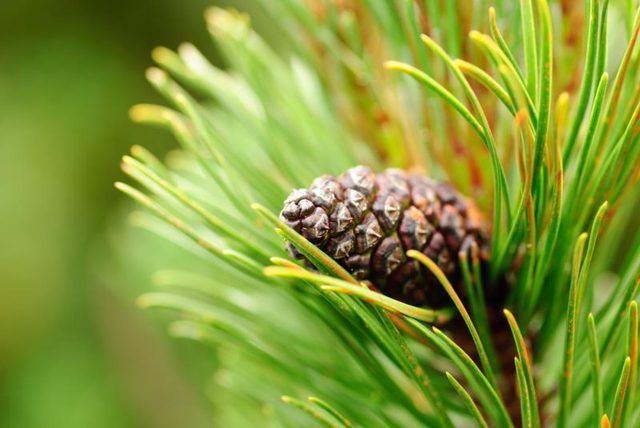Bulbs
Flower Basics
Flower Beds & Specialty Gardens
Flower Garden
Garden Furniture
Garden Gnomes
Garden Seeds
Garden Sheds
Garden Statues
Garden Tools & Supplies
Gardening Basics
Green & Organic
Groundcovers & Vines
Growing Annuals
Growing Basil
Growing Beans
Growing Berries
Growing Blueberries
Growing Cactus
Growing Corn
Growing Cotton
Growing Edibles
Growing Flowers
Growing Garlic
Growing Grapes
Growing Grass
Growing Herbs
Growing Jasmine
Growing Mint
Growing Mushrooms
Orchids
Growing Peanuts
Growing Perennials
Growing Plants
Growing Rosemary
Growing Roses
Growing Strawberries
Growing Sunflowers
Growing Thyme
Growing Tomatoes
Growing Tulips
Growing Vegetables
Herb Basics
Herb Garden
Indoor Growing
Landscaping Basics
Landscaping Patios
Landscaping Plants
Landscaping Shrubs
Landscaping Trees
Landscaping Walks & Pathways
Lawn Basics
Lawn Maintenance
Lawn Mowers
Lawn Ornaments
Lawn Planting
Lawn Tools
Outdoor Growing
Overall Landscape Planning
Pests, Weeds & Problems
Plant Basics
Rock Garden
Rose Garden
Shrubs
Soil
Specialty Gardens
Trees
Vegetable Garden
Yard Maintenance
How Does a Pine Tree Reproduce?
How Does a Pine Tree Reproduce?. Pine trees (Pinus spp.) are perhaps the most treasured and economically valuable of all trees found in North America. Coniferous evergreens, pine trees are found in every state and in U.S. Department of Agriculture plant hardiness zones 2 through 11. Most of the 36 species found in the United States are recognizable...

Pine trees (Pinus spp.) are perhaps the most treasured and economically valuable of all trees found in North America. Coniferous evergreens, pine trees are found in every state and in U.S. Department of Agriculture plant hardiness zones 2 through 11. Most of the 36 species found in the United States are recognizable by their long, straight needles and distinctive pine cones, which house the trees' seeds.
Cradled in a Cone
In many trees, seeds develop within the protective layer of fruit, or they grow tucked away inside a nut. But pine cones are not fruits or nuts. Instead, they are a layer of woody scales, but like fruits and nuts, they are designed to protect and disperse seeds. Pine tree reproduction starts with the development of pine cones on a mature tree. The cones are produced in early spring, with both male and female cones developing on the same tree.
Male Pine Cones
Pine cones vary widely in appearance depending on the species. Male pine cones are usually long, soft strands called catkins. In some species they are quite obvious, but in others they are very inconspicuous. The purpose of the male pine cone is to disperse the pollen, which travels on the wind. Once the pollen is dispersed, the cone drops from the tree.
Female Pine Cones
Female cones house the eggs, and at first, they are greenish in color and tightly closed in order to protect the eggs. The cones are covered with a sticky substance which allows pollen to hold fast to the cone and push its way in. The pollen develops a tube that slowly digs deep into the cone, finally reaching and fertilizing the eggs which lie at the base of the cone's scales -- in about 15 months, that is. During these months, the female cone is changing and maturing as it prepares to release the seeds. By the time the seeds are fully formed, the female pine cone will have hardened and dried into the familiar brown cone shape.
Fly Away, Seeds
When the seeds are ready, the pine tree cuts off the supply of water to the pine cone. This causes it to dry up and open up, allowing the seeds found at the base of the scales to fall or be blown out of the cone. Pine cone seeds have tiny wings, which, when the seeds are released from the cone, help them fly through the air on the wind. Many don't land on fertile ground, or are eaten by animals. But a lucky few land on rich soil, sprout and eventually grow into pine saplings.